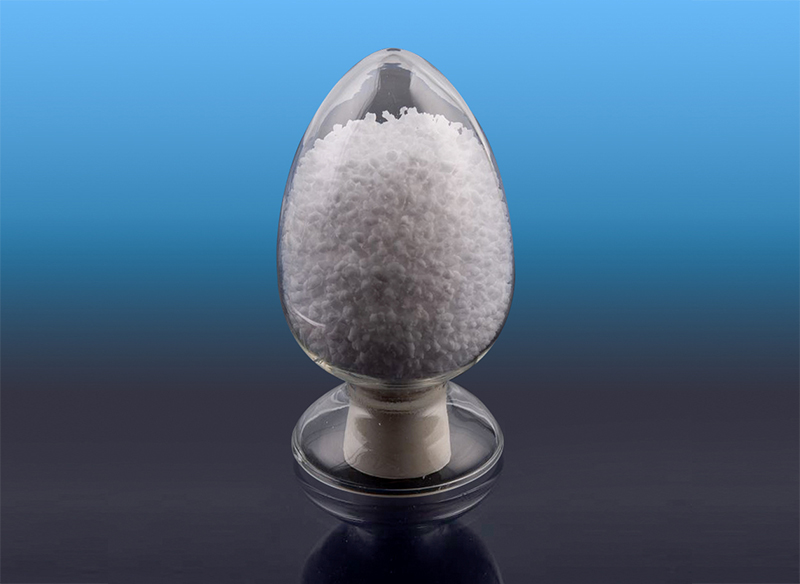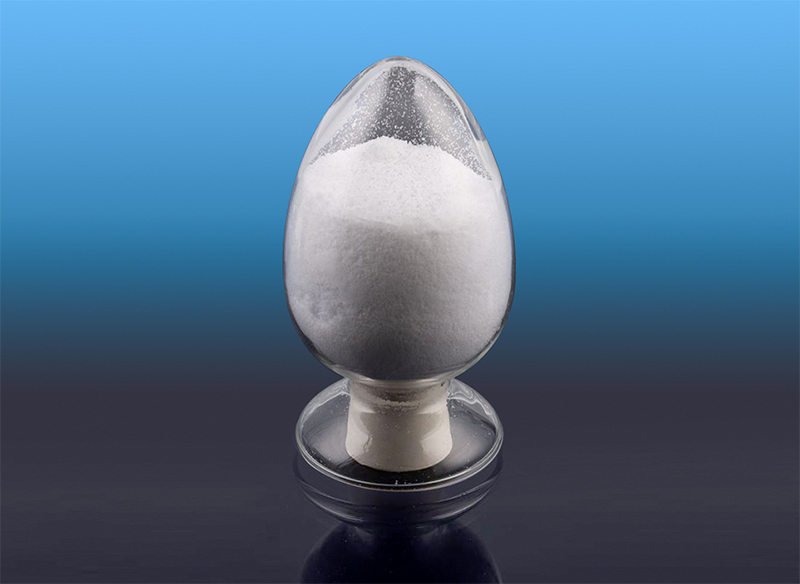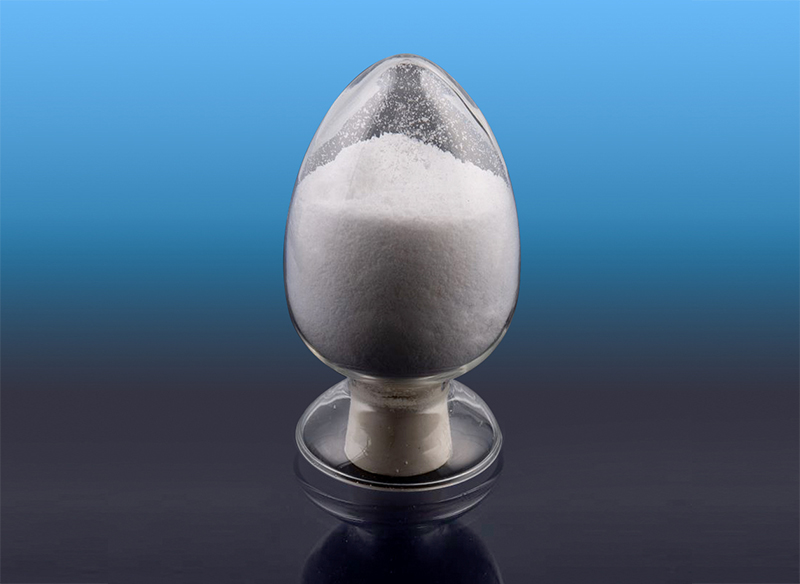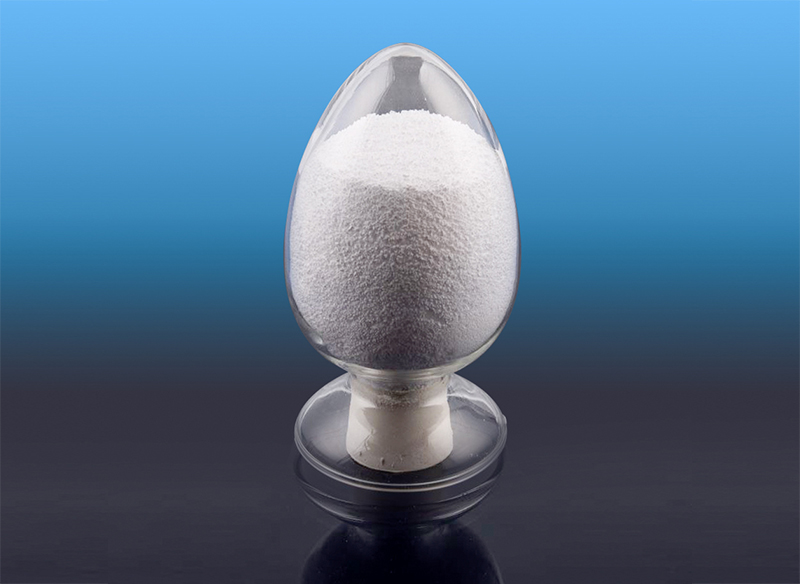What is Hydrogenated Styrene-Isoprene Block Copolymer(SEP(S))
Hydrogenated Styrene-Isoprene Block Copolymer (SEP(S)) is a specialized thermoplastic elastomer that belongs to the family of hydrogenated styrenic block copolymers (HSBCs). It is composed of three distinct polymer segments:
S: Styrene (polystyrene blocks – provide rigidity and strength)
E: Ethylene
P: Propylene
(S): Another styrene block (in some structures)
This material is produced by first synthesizing a styrene-isoprene-styrene (SIS) block copolymer, and then hydrogenating the isoprene mid-block to increase its thermal stability, weather resistance, and oxidative durability. The result is a copolymer with soft rubbery behavior and excellent mechanical and environmental resistance, useful in demanding applications.
Key Features of SEP(S)
| Property | Description |
| Thermoplastic Elasticity | Soft, flexible like rubber but processes like plastic |
| High Weather Resistance | Excellent UV and ozone resistance due to hydrogenation |
| Chemical Stability | Improved resistance to oxidation and aging |
| Low Permanent Deformation | Good recovery after stretching or compression |
| Excellent Clarity | Some grades offer optical transparency suitable for consumer goods |
| Low Color and Odor | High purity allows for use in hygiene and medical applications |
Types and Structures
SEP(S) can come in various molecular architectures:
-
Linear Triblock (SEP): Styrene end blocks with a hydrogenated polyisoprene mid-block
-
Multiblock or Star-Shaped: Multiple arms of SEP chains for higher strength or viscosity
-
Blended with Other Polymers: Often blended with polypropylene, polyethylene, or oils to tailor hardness and elasticity
Common Applications
Hydrogenated SEP(S) is used where durability, flexibility, and processability are all required:
Adhesives: Especially in hot-melt pressure-sensitive adhesives (HMPSA)
Medical and Hygiene Products: Tubing, films, closures, bandages
Footwear: Outsoles, midsoles, cushioning materials
Automotive Parts: Seals, gaskets, soft-touch surfaces
Consumer Goods: Grips, soft-touch packaging, toys
Wires and Cables: As insulation and sheath components

Advantages over Non-Hydrogenated SIS
Much better thermal stability
Improved UV and oxidation resistance
Greater durability in outdoor or high-heat environments
Broader application range from medical to industrial
Processing and Handling
Like other thermoplastic elastomers, SEP(S) can be processed using conventional plastic processing methods:
Injection Molding
Extrusion
Film Casting
Blow Molding
Compounding with other resins or oils
It requires no vulcanization (unlike rubber), enabling fast and energy-efficient production.
Summary
Hydrogenated Styrene-Isoprene Block Copolymer (SEP(S)) is a high-performance elastomer that combines the elasticity of rubber with the processability of plastic, enhanced by the hydrogenation of its soft block for superior durability. It is a versatile material used across multiple industries that require strength, flexibility, and stability over time, especially in medical, automotive, and adhesive applications.





